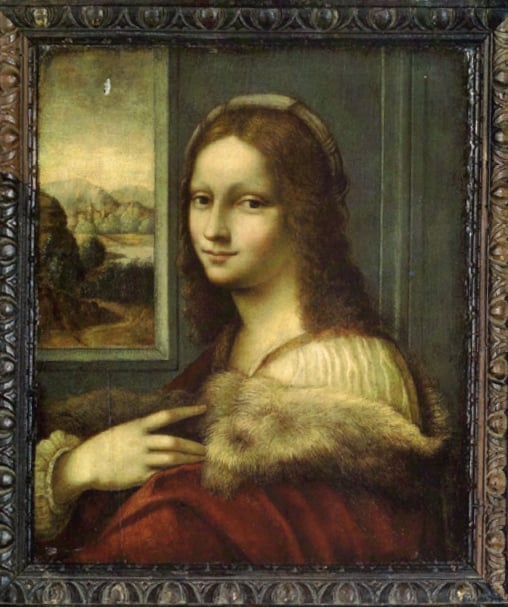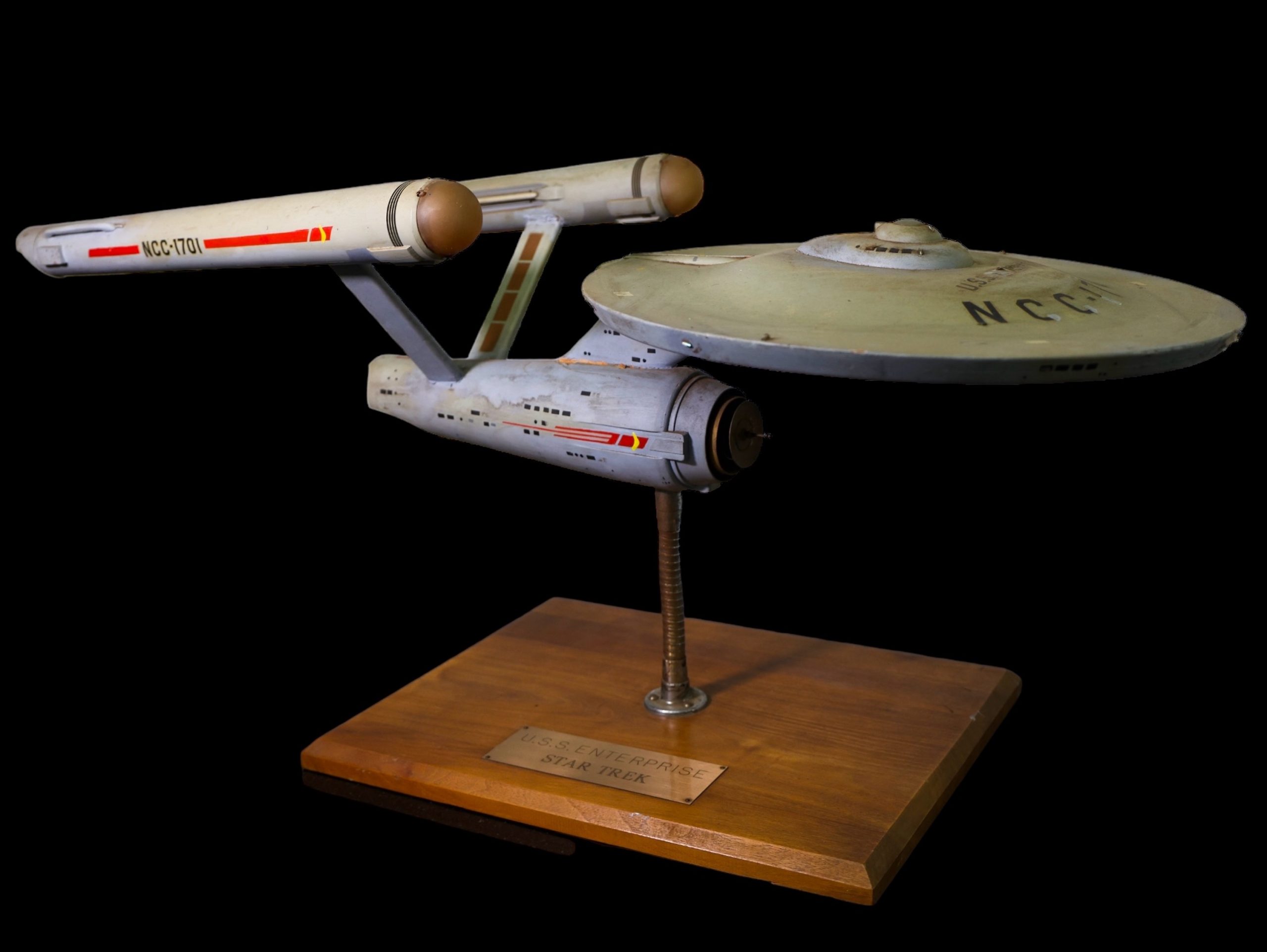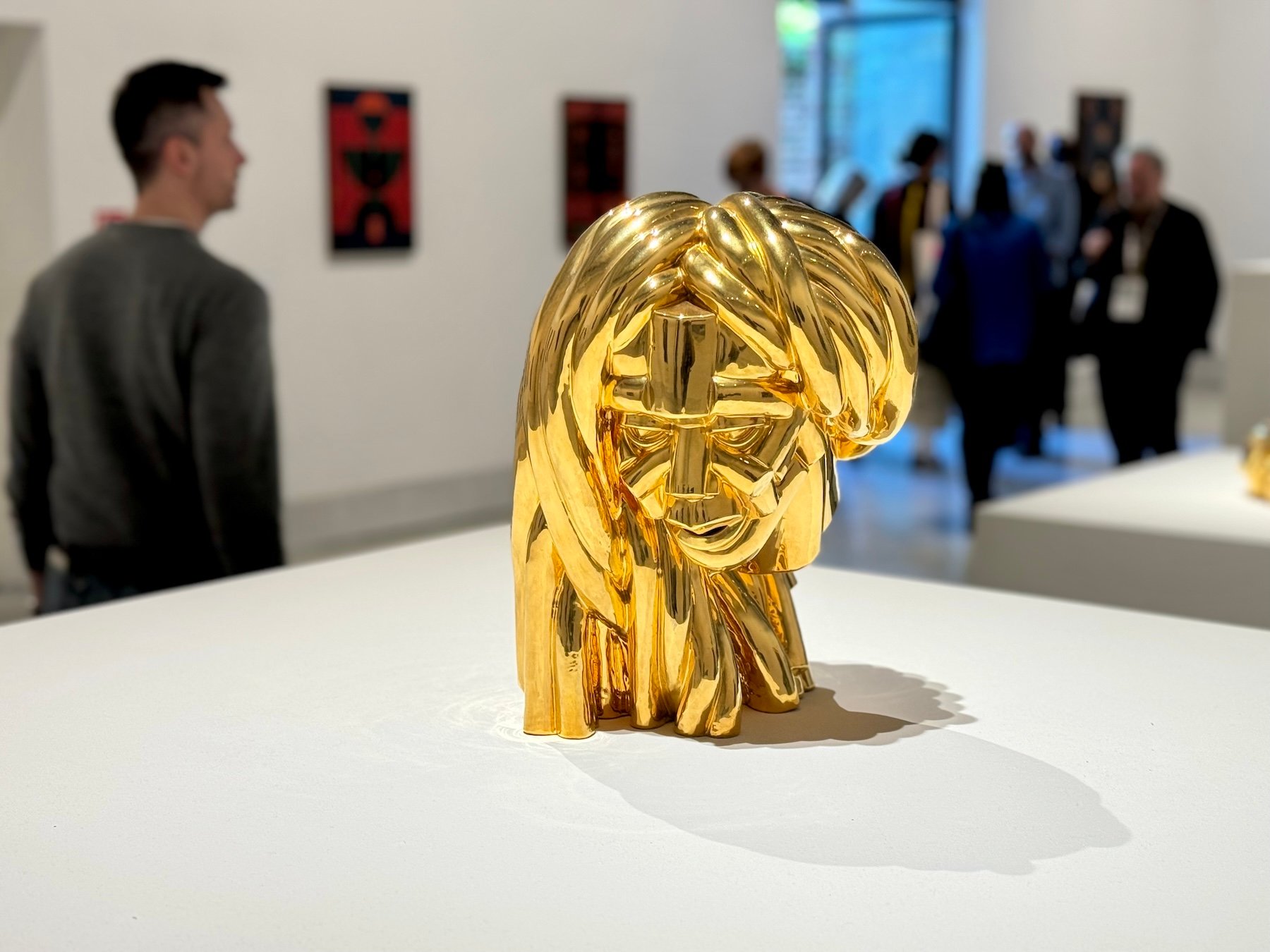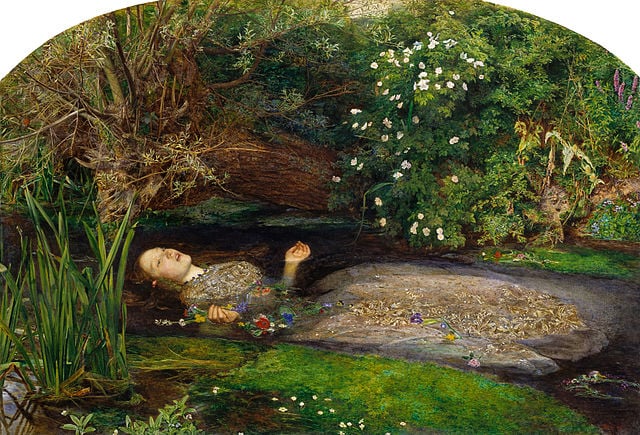

Art adviser Todd Levin recently wrote on his Facebook page that he had been contacted by someone who claimed to have not one but two works by Leonardo da Vinci that were for sale and excerpted part of a transcribed voicemail message.
…Hiya doing Todd, Richard Lawler here. My number is ### ## ## ## ###. I’m calling, regarding, emm, my client of me/myself and one of my partners, have, emm, there’s two da Vincis for sale, and I understand you might be a man to talk to about that, if you wouldn’t mind giving me a call back. Thank you…
Levin followed this up by writing “Does anybody know who Richard Lawler (in Ireland?) is, and how he has not one, but TWO (!!) da Vincis for sale, as I am aware of only 23 artworks in the entire universe that are generally accepted to be by da Vinci wholly or in part?”
We called Richard Lawler. The call was off the record.
Of course, recently discovered Leonardos are not unheard of. Just last year, Salvator Mundi, a painting attributed to Leonardo, and determined to be one of his lost works, was sold at a private sale at Sotheby’s for a figure reportedly over $75 million. The painting, a portrait of Christ holding a translucent orb in one hand, and dating back to around 1500, had been discovered at an estate sale and acquired by a consortium of businessmen and art dealers in 2005. It took seven years of research and conservation, not to mention the consensus of the world’s leading Leonardo connoisseurs and art historians, to obtain general acceptance of Salvator Mundi as an authentic work. The painting, which was owned by the consortium that included the art dealers Alexander Parish and Robert Simon, was sold to an unidentified collector.
“I’ve been seeing this kind of thing with lots of artists recently,” Levin told artnet News over email, referring to the offer he received of the two Leonardos. “It always happens when the market is extremely frothy.”
It seems comical to think of Leonardo’s market as “frothy” considering there are just over 20 paintings of his in existence, and before last year’s sale of Salvator Mundi, the last time one of them changed hands within the market was 1967, when the National Gallery of Art in Washington, DC, purchased Ginevra de’ Benci (circa 1474–1478) for $5 million from the Princely House of Liechtenstein. (Using an online inflation calculator, that would amount to roughly $35 million today.) Before that, the last known sale was the Benois Madonna purchased by Czar Nicholas II for the Royal Hermitage Museum in 1914. But perhaps it’s that notable sale last year that has sparked an Antiques Roadshow–type surge in interest behind the scenes in off-market transactions.
“There is a group of paintings that repeatedly change hands in a shadowy world that lies outside the public art trade,” said Martin Kemp, emeritus research professor of the history of art at the University of Oxford, over email. “They pass from hand to hand and syndicate to syndicate, often with dubiously compiled documentation and the citing of experts who are not experts and with opinions that have been provided for money.” Kemp is one of the preeminent experts on the work of Leonardo da Vinci and has written extensively on the artist, including the book Leonardo. Asked if he had heard about two “Leonardos” that were for sale, Kemp replied, “The two about which I have been pestered with recently and persistently are a portrait of a women with a fur wrap and a supposed portrait of Salaì.” Whether or not these are the same two that Richard Lawler was offering is unclear. Kemp also noted that he is sent 12 to 20 supposed “Leonardos” each year.
Last year, a work that was held out as a Leonardo was discovered in a Swiss bank vault. The painting, of Italian noblewoman Isabella d’Este, resembles a pencil sketch the artist did that hangs in the Louvre. Though the work has gotten some approval (such as by Carlo Pedretti, professor emeritus of art history an Armand Hammer chair in Leonardo Studies at UCLA, and known for being an expert consultant on the works of Leonardo), others have rejected it, partly because it was painted on a canvas rather than a wood panel, Leonardo’s support of choice. Kemp told the Daily Telegraph last year, “Canvas was not used by Leonardo or anyone in his production line.”
Kemp’s statement suggests one might take a breath before plunking down untold millions on an unknown Leonardo. Especially since the process of authenticating “lost” or undocumented Old Masters is a complicated task that requires a consensus from the handful of known and respected experts and art historians in the field.
“There’s a Leonardo or two on the market every week,” said art dealer Asher Edelman, whose gallery Edelman Arts on New York’s Upper East Side deals in secondary market sales of Impressionist, modern, and postwar and contemporary art. “None of them are documented and most experts will not opine to their being Leonardos,” he said. Auction houses won’t take them, the banks won’t lend against them. They think maybe we will, but we don’t of course.”
We asked if he had heard of Richard Lawler. He hadn’t. “They all change their name every day,” he said referring to the individuals who offer such undocumented works. “So it’s a little hard to remember.”
Some Leonardo-esque works that have popped up in recent years to disputed attribution include a painting of the Madonna and child found in a Scottish farmhouse and said to be worth $150 million; a self-portrait of Leonardo purportedly painted in Italy; and a version of the Mona Lisa “found” in a Swiss vault. One work called La Bella Principessa (Portrait of a Young Fiancee) (1495–6), a painting in colored chalk and ink on vellum, was sold in 1998 at auction as an early–19th century work by a German artist painting in the style of the Italian Renaissance. Though Martin Kemp has given the work his approval, and has even published his findings in a book, La Bella Principesssa: The Profile Portrait of a Milanese Woman (2010), there has not been widespread acceptance of its attribution.
“Because of this Leonardo connection, I get sent a lot of communications related to putative works by Leonardo,” said Simon (one of the dealers who owned the newly discovered Leonardo that was sold last year) over the phone. And though he admits to having benefited from “believing the impossible,” he said, “nothing I’ve seen in the last six months has a good claim to being right.”
Simon had not heard of Lawler or the two Leonardos. However, he asserted that greener collectors at risk of being duped in a situation where the work doesn’t have the approval of the authorities in the field. He said, “A sophisticated buyer is not going to be buying pictures that don’t have a consensus of opinion.”
Despite the dearth of works approved as Leonardos, due to the power of the names of the artists involved and the sums an accepted one could draw, they continue to surface and sometimes lure the unsuspecting. “These are magical names,” said Simon, “that people who don’t know much about art are going to be attracted to.”
Follow Artnet News on Facebook:
Want to stay ahead of the art world? Subscribe to our newsletter to get the breaking news, eye-opening interviews, and incisive critical takes that drive the conversation forward.





